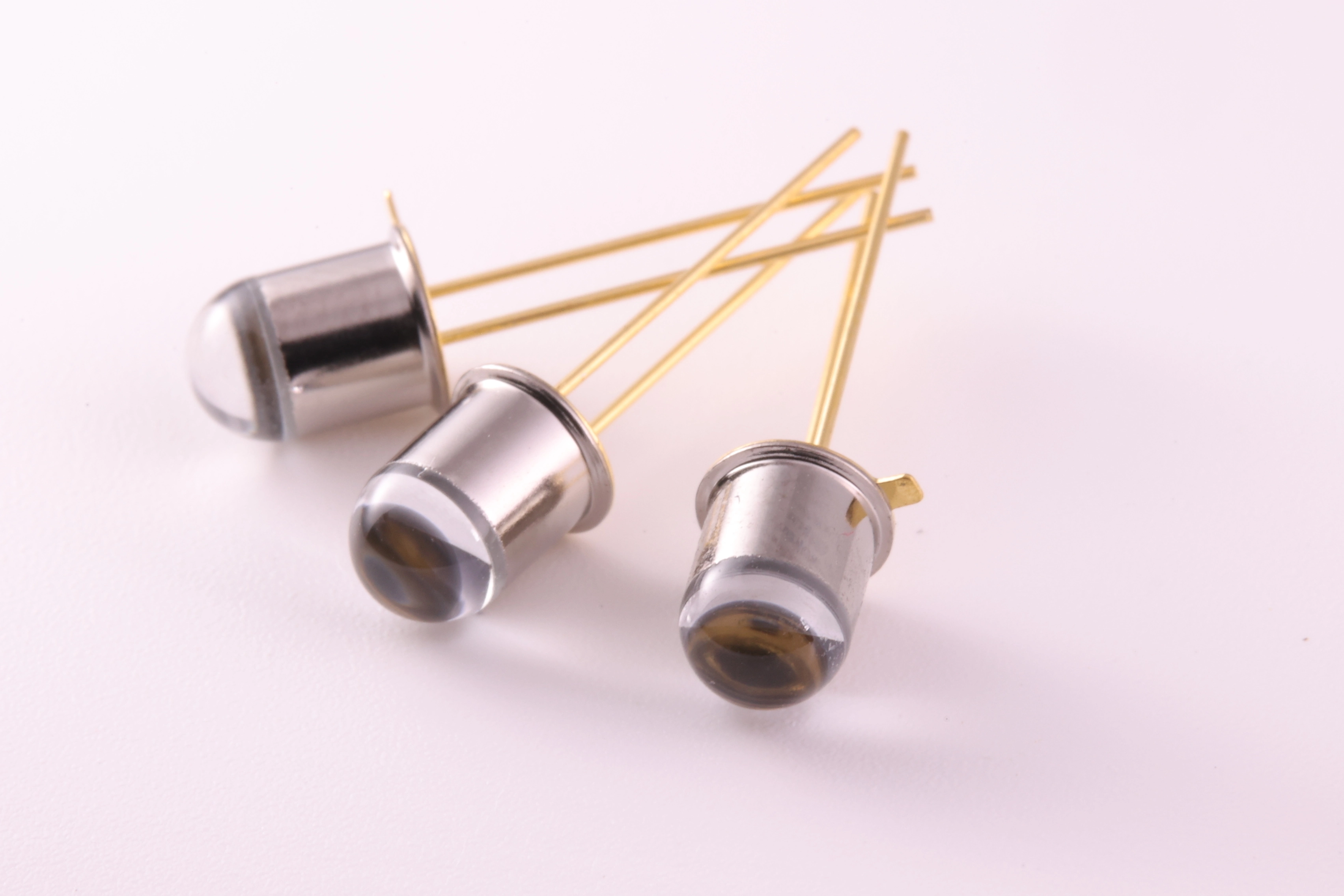Ultraviolet (UV) light has been widely used in various industries, including curing, disinfection, and spectroscopy. Traditionally, mercury-based UV sources have been the dominant technology, but with the advent of UV LED diodes, a new era of UV light sources has emerged. This article provides a comparative analysis of UV LED diodes and mercury-based UV light diode highlighting their differences, advantages, and disadvantages.
Principle of Operation
Mercury-based UV sources, also known as mercury vapor lamps, work by exciting mercury vapor, which emits UV radiation at specific wavelengths. These lamps require a ballast to regulate the electrical current and a quartz envelope to contain the mercury vapor. In contrast, UV LED diodes are semiconductor devices that emit UV radiation when an electric current is passed through them. They are designed to produce a specific wavelength of UV light, depending on the material used.

Spectral Output
Mercury-based UV sources have a broad spectral output, emitting UV radiation across a wide range of wavelengths, including UVA, UVB, and UVC. While this broad spectrum can be beneficial for certain applications, it can also lead to unwanted side effects, such as substrate heating or chemical reactions. UV LED diodes, on the other hand, have a narrow spectral output, emitting UV radiation at a specific wavelength, which can be tailored to the application. This narrow spectrum reduces the risk of unwanted side effects and increases the efficiency of the UV light.
Efficiency and Lifespan
Mercury-based UV sources have a relatively short lifespan, typically ranging from 1,000 to 2,000 hours, depending on the application. They also require a significant amount of energy to operate, which can lead to increased costs and environmental impact. UV LED diodes, in contrast, have a much longer lifespan, typically ranging from 10,000 to 50,000 hours or more, depending on the quality of the diode. They also require significantly less energy to operate, making them a more energy-efficient option.
Environmental Impact
Mercury-based UV sources contain toxic mercury, which poses a significant environmental risk if not disposed of properly. The production and disposal of these lamps also contribute to greenhouse gas emissions and other environmental pollutants. UV LED diodes, on the other hand, are free of toxic materials and have a much lower environmental impact. They are also designed to be recyclable, reducing electronic waste and minimizing their carbon footprint.

Cost and Maintenance
Mercury-based UV sources require regular maintenance, including replacing the lamps and cleaning the quartz envelope. They also have a higher upfront cost, particularly for high-power applications. UV LED diodes, while initially more expensive, have a lower total cost of ownership due to their longer lifespan and reduced maintenance requirements. They also offer greater design flexibility, allowing for more compact and efficient systems.
Applications
Mercury-based UV sources have been widely used in various applications, including curing, disinfection, and spectroscopy. However, UV LED diodes are increasingly being adopted in these applications due to their advantages. UV LED diodes are particularly well-suited for applications that require a specific wavelength of UV light, such as curing of inks and coatings, or disinfection of surfaces and water.
Conclusion
In conclusion, UV LED diodes offer several advantages over mercury-based UV sources, including a narrower spectral output, higher efficiency, longer lifespan, and lower environmental impact. While mercury-based UV sources are still widely used, UV LED diodes are increasingly being adopted in various applications due to their benefits. As the technology continues to evolve, it is likely that UV LED diodes will become the dominant UV light source in the future.
